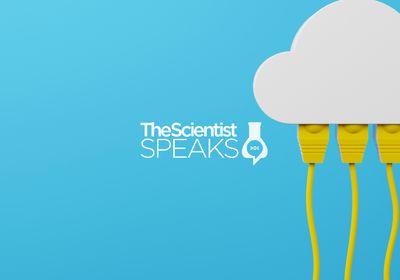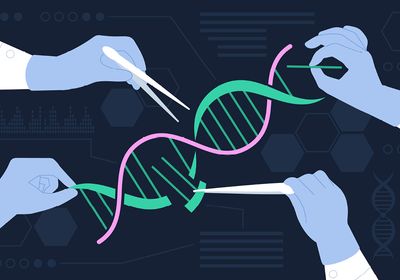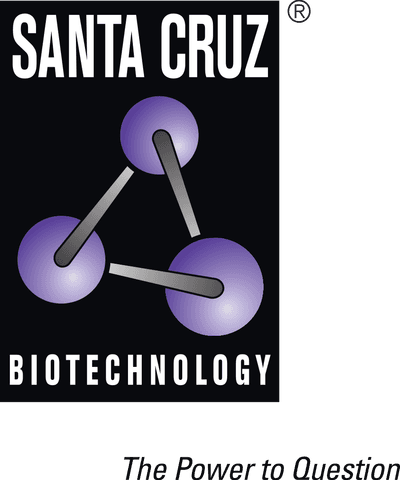ABOVE: modified from © ISTOCK.COM, Niall
When I first learned about the eukaryotic cell structure, I marveled at the sophisticated simplicity of how organelles synergistically work with one another to ensure smooth cellular processes. On the surface, the interplay of thousands of proteins and the symphony of gene modulations underlying a function seem chaotic. Still, as we look deeper, impressive patterns emerge, both within and between cells and across different tissues. A remarkable aspect of living systems is their ability to communicate and collaborate for success. The gut finds a way to contact the brain; the placenta commandeers nutrients for the fetus; and cells selectively remove parts of their DNA for better organism health.
The same fundamentals hold true for scientific success. Anyone who has attended a conference knows that the crowds outside the presentation rooms often surpass those inside. Scientific leaders buzz around the venues to catch up with their peers located across the globe and to brainstorm future projects. Beyond conferences, there is no dearth of triumphant stories where academics found unique ways to strike up an alliance.
In today’s digital age of emails and social media, global outreach does not seem like a big deal, but collaboration has been the hallmark of science for a long time, even when communication channels were limited.1 For decades, scientists have managed to transcend disciplines, geographical boundaries, or personal beliefs to share their knowledge and contribute pieces towards solving big-picture puzzles.
If we dissect the journey of any breakthrough that drove a field forward, we would no doubt find scientific collaboration at the helm driving success.
If we dissect the journey of any breakthrough that drove a field forward, we would no doubt find scientific collaboration at the helm driving success. As you peruse the articles in this issue, I invite you to look out for those timely connections that propelled cell biology and molecular biology forward. Whether in the story of a federal agency employee who found her scientific ally to launch a genome editing consortium, a US researcher’s invitation to a Japanese researcher that led to GFP as a molecular tool, a chance meeting during a seminar that led to significant progress in DNA origami technology, or an interlab study that created new transgenic mice, you are bound to find a narrative that resonates with you. These often altruistic endeavors that help other scientists take their research forward for the greater good of humanity truly embody the spirit of science.
This cooperative mentality was critical in helping everyone cope with the COVID-19 pandemic. When the world was at a standstill with everyone helplessly trapped at home, this special group of lab-coat-adorning heroes sprang into action and their years of experience working together globally paid off. Whether by sequencing samples globally to track COVID-19 variants, working together on vaccines, or developing scalable diagnostic tests, dedicated researchers kept each other abreast of their progress to help the world collectively get through the pandemic.2,3,4
The formats and forums may change over the years with evolving needs and technologies, but I hope that the altruistic, collaborative spirit of scientists remains unchanged. If we do begin to lose it, we only need to look within our cells for inspiration to bring it back.
References
- Vermeulen N, et al. Understanding life together: a brief history of collaboration in biology. Endeavour. 2013 Sep;37(3):162-71.
- Chen Z, et al. Global landscape of SARS-CoV-2 genomic surveillance and data sharing. Nat Genet. 2022;54:499–507.
- Druedahl LC, et al. Collaboration in times of crisis: A study on COVID-19 vaccine R&D partnerships. Vaccine. 2021 Oct 8;39(42):6291-6295.
- Krijger PHL, et al. A public–private partnership model for COVID-19 diagnostics. Nat Biotechnol. 2021;39:1182–1184.






